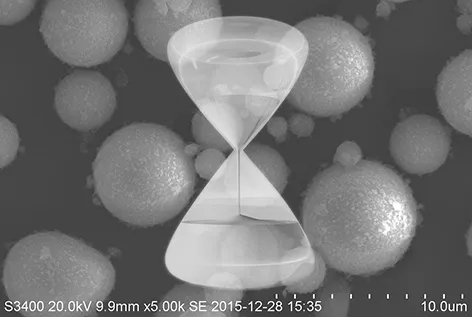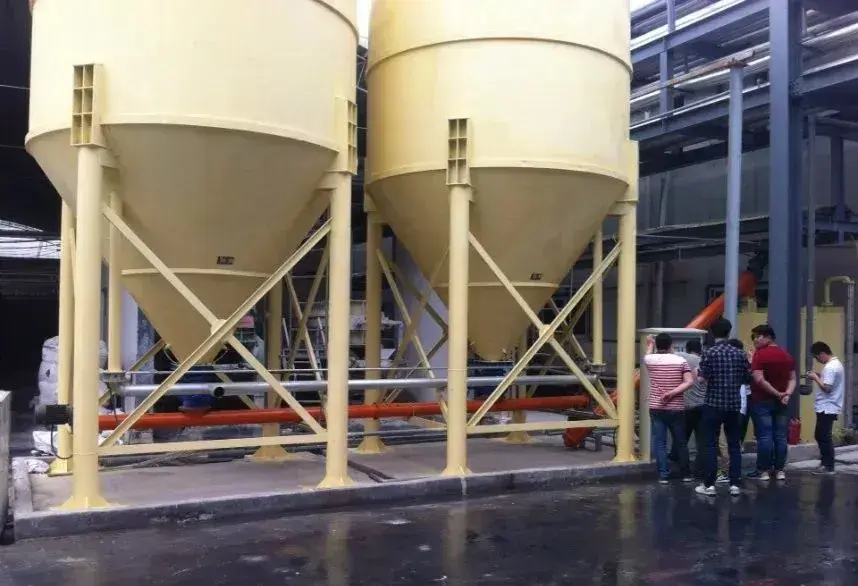With the development of modern industry, ultra-fine grinding technology has become a crucial component in materials processing. It is widely used in the chemical, pharmaceutical, food, electronics, ceramics, plastics, and other industries. Ultrafine grinding significantly reduces the particle size of raw materials. This improves their surface activity, dispersibility, reactivity, and other properties, meeting the needs of various industries. This article explores the principles, classification, and applications of ultrafine grinding technology.
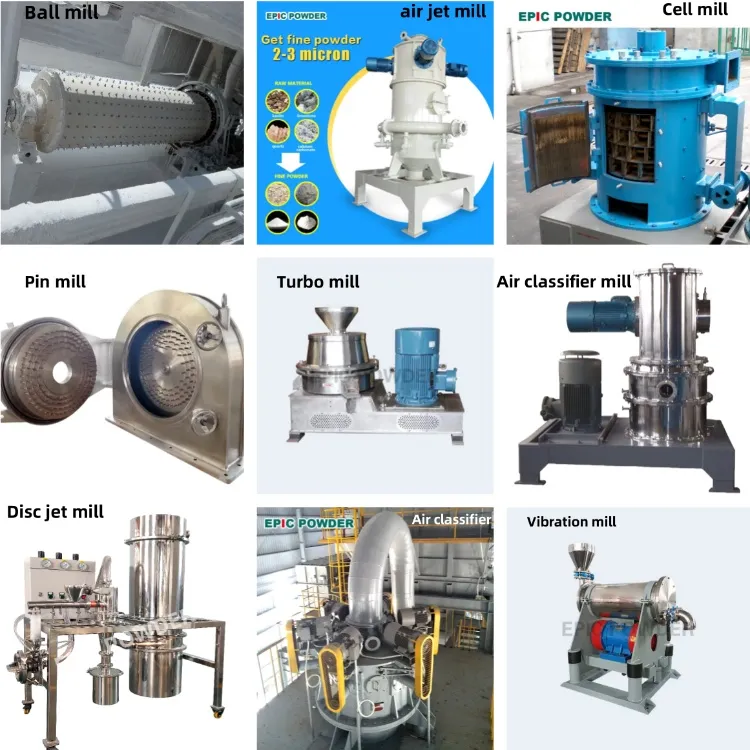
Overview of UltraFine Grinding Technology
Ultra-fine grinding technology primarily involves reducing large particle materials to micron or even nano-sized fine powders through physical or chemical methods. Unlike traditional coarse and fine grinding processes, ultra-fine grinding not only reduces particle size but also alters the particle morphology, structure, and surface properties. This process requires high technical precision and equipment performance to ensure the stability of grinding and product quality.
Principles of Ultra-Fine Grinding Technology
The core principles of ultra-fine grinding can be explained through the following aspects:
- Collision and Shear Forces:
Ultrafine grinding equipment uses high-speed rotating grinding discs, rotors, or spheres to generate intense collision and shear forces. These forces continuously break down the material. As the material collides and rubs within the equipment, the bonds between particles are broken, achieving the desired pulverization.
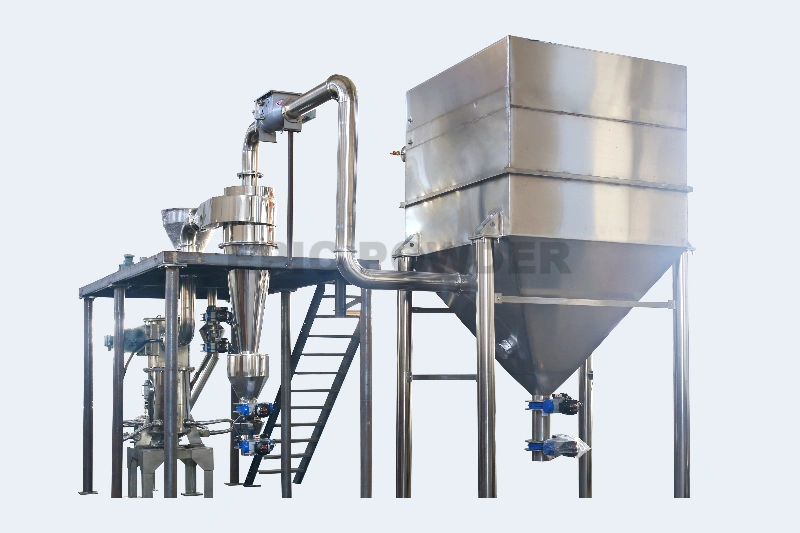
- Air Jet Milling Principle:
Air jet mills are a typical ultra-fine grinding device. They use high-speed airflows to transport materials into the grinding chamber, where the materials are subjected to the impact and friction of the air currents, causing them to break into finer powders. The advantage of air jet milling lies in its low-temperature operation and pollution-free characteristics, making it particularly suitable for grinding heat-sensitive materials. - Grinding Media’s Role:
In devices such as ball mills and stirred mills, grinding media (such as steel balls or ceramic beads) constantly collide with and grind the material’s surface, gradually reducing the particle size. The type, size, number, and motion of the grinding media directly affect the grinding efficiency and the particle size distribution of the powder. - Ultrasound and High-Pressure Fluid Mechanics:
In recent years, ultrasound and high-pressure fluid mechanics for ultra-fine grinding have become research hotspots. Ultrasonic grinding uses high-frequency sound waves to generate tiny bubbles that collapse, creating strong localized shear forces to grind materials. High-pressure fluid mechanics uses high-speed fluid jets to finely grind materials.
Types of UltraFine Grinding Equipment
Depending on the grinding principles and application requirements, ultra-fine grinding equipment can be classified into several common types:
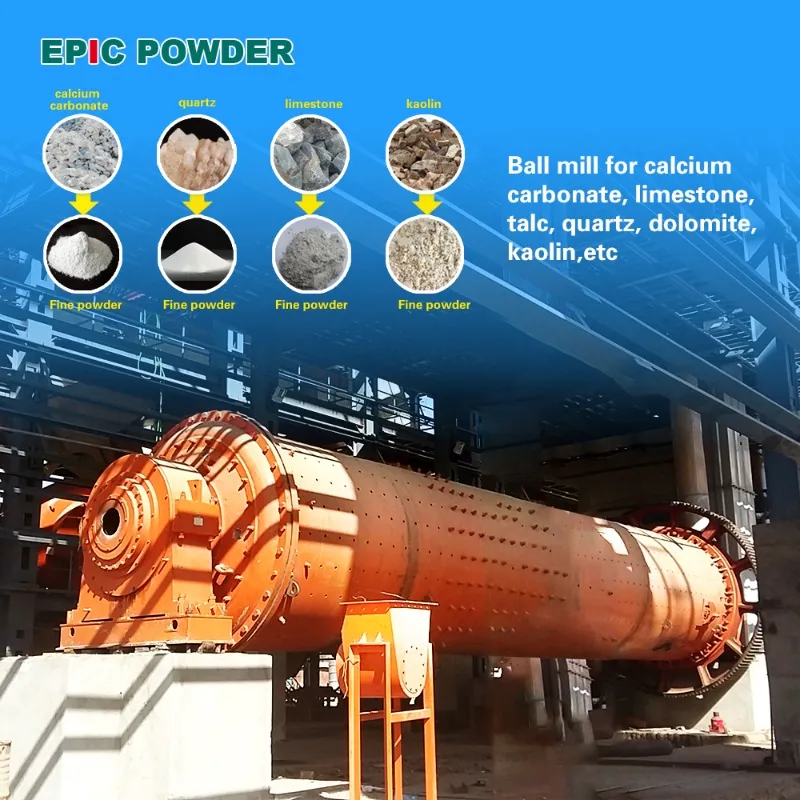
- Ball Mill:
Ball mills are one of the most common ultra-fine grinding devices. They achieve material fine grinding through the impact and grinding actions of grinding balls. Ball mills are particularly suitable for grinding materials with high hardness. - Air Jet Mill:
Air jet mills are ideal for processing heat-sensitive materials and producing powders with uniform fineness. These mills rely on high-speed air currents for grinding, representing a pollution-free, low-temperature process. - Stirred Mill:
Stirred mills use high-speed rotating stirring paddles and grinding media friction to achieve ultrafine grinding. They are widely used in the fine grinding of pigments, chemicals, and other materials. - Turbine Mill:
Turbine mills rely on high-speed rotating turbines to cause materials to collide and grind against each other. These mills are commonly used for ultrafine grinding of minerals and non-metallic materials.
Applications of Ultra-Fine Grinding Technology
Due to its unique grinding principles, ultra-fine grinding technology has been widely applied in various fields:
- Chemical Industry:
Ultra-fine grinding enhances the reaction rate and effectiveness of chemical processes, especially in the production of catalysts, coatings, and pigments, where fine powders improve the product’s performance. - Pharmaceutical Industry:
In drug manufacturing, ultrafine grinding helps increase the surface area of the drug, improving its solubility and bioavailability. The development of many new drugs also relies on ultrafine grinding technology. - Food Industry:
In food processing, ultrafine grinding is used for grinding spices, additives, and other ingredients, enhancing their dispersion in food products and improving texture and flavor. - Materials Science:
Ultrafine grinding plays a key role in the production of high-performance materials, such as nanomaterials, ceramics, and semiconductors. It alters the material’s microstructure to give it new functional properties.
Challenges and Future Development of UltraFine Grinding Technology
Although ultra-fine grinding technology has made significant progress in various fields. It still faces several challenges, such as high energy consumption, limited grinding efficiency, and difficulties in controlling particle size uniformity and distribution. In the future, with the development of new grinding equipment, improved processes, and enhanced control technologies, ultra-fine grinding is expected to evolve in more energy-efficient and high-performance directions, expanding its applications in advanced fields.
Conclusion
As one of the key technologies in modern industrial production, ultra-fine grinding plays a vital role in material processing. With its ability to refine materials and enhance product performance, it has been widely applied in industries like chemicals, pharmaceuticals, food, and more. Through continuous innovation and technological improvement, ultrafine grinding will continue to advance and contribute to the development of various industries.
